Making Procurement Work: Three Lessons from the World Bank’s Procurement Reform
An evaluation of the World Bank’s 2016 procurement reforms, focusing on aligning with international best practices and reducing project delays. The goal of the...

An evaluation of the World Bank’s 2016 procurement reforms, focusing on aligning with international best practices and reducing project delays. The goal of the...

Businesses must understand the key differences between the public and private procurement methods, regulations, and goals when considering tender opportunities in either sector. This article,...
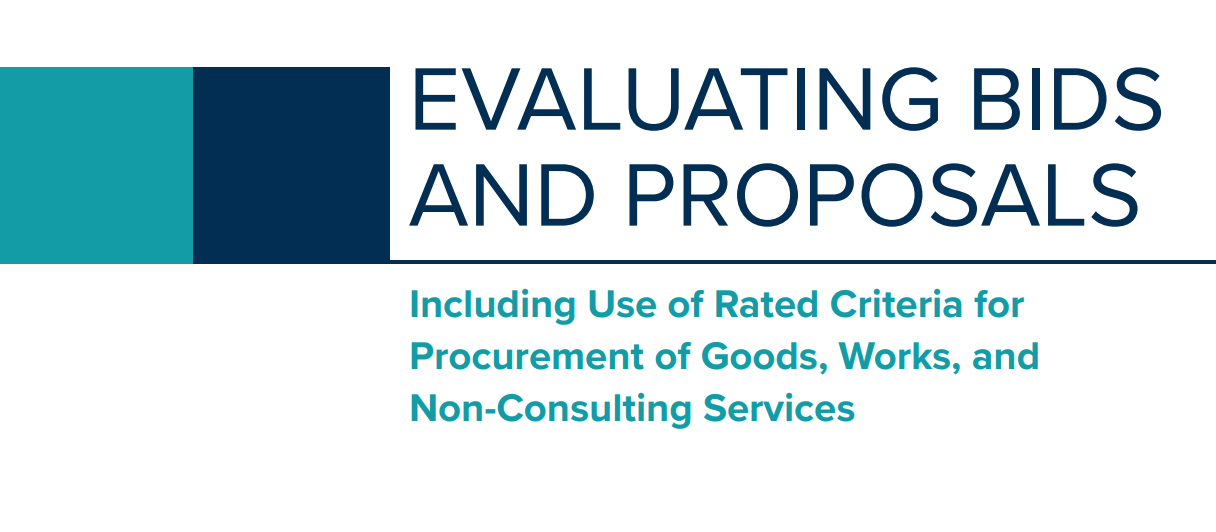
Operational procurement is a crucial part of the World Bank’s efforts to become a Better Bank and fulfill our mission. Effective procurement enables our...
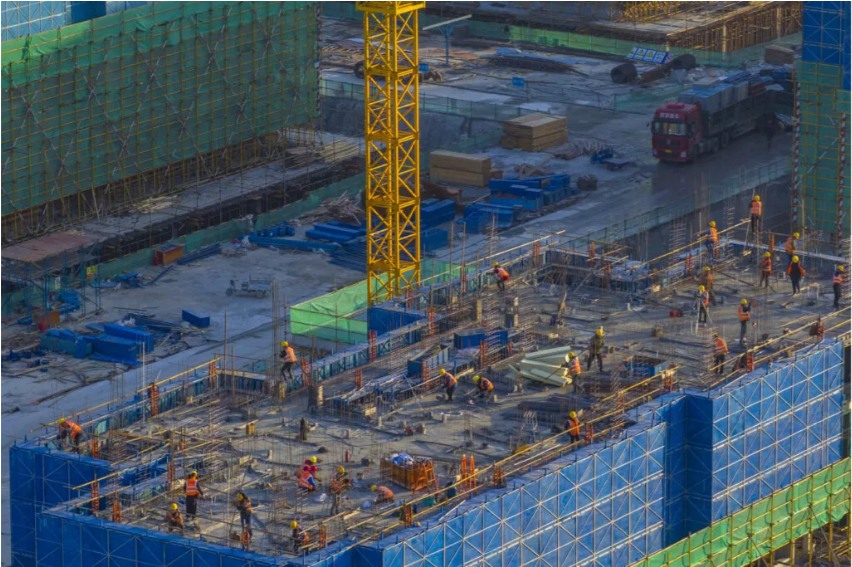
Sustainable public procurement (SPP) offers a powerful tool for advancing the Asia Pacific’s green transition, addressing pressing infrastructural needs and tackling emissions. By adopting...
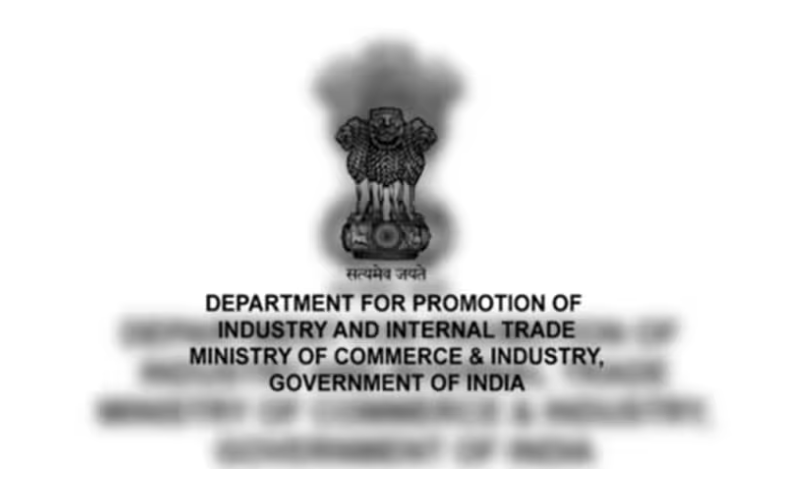
The Department for Promotion of Industry and Internal Trade (DPIIT) identified 259 tenders as non-compliant with the public procurement norms in 2024, Parliament was...
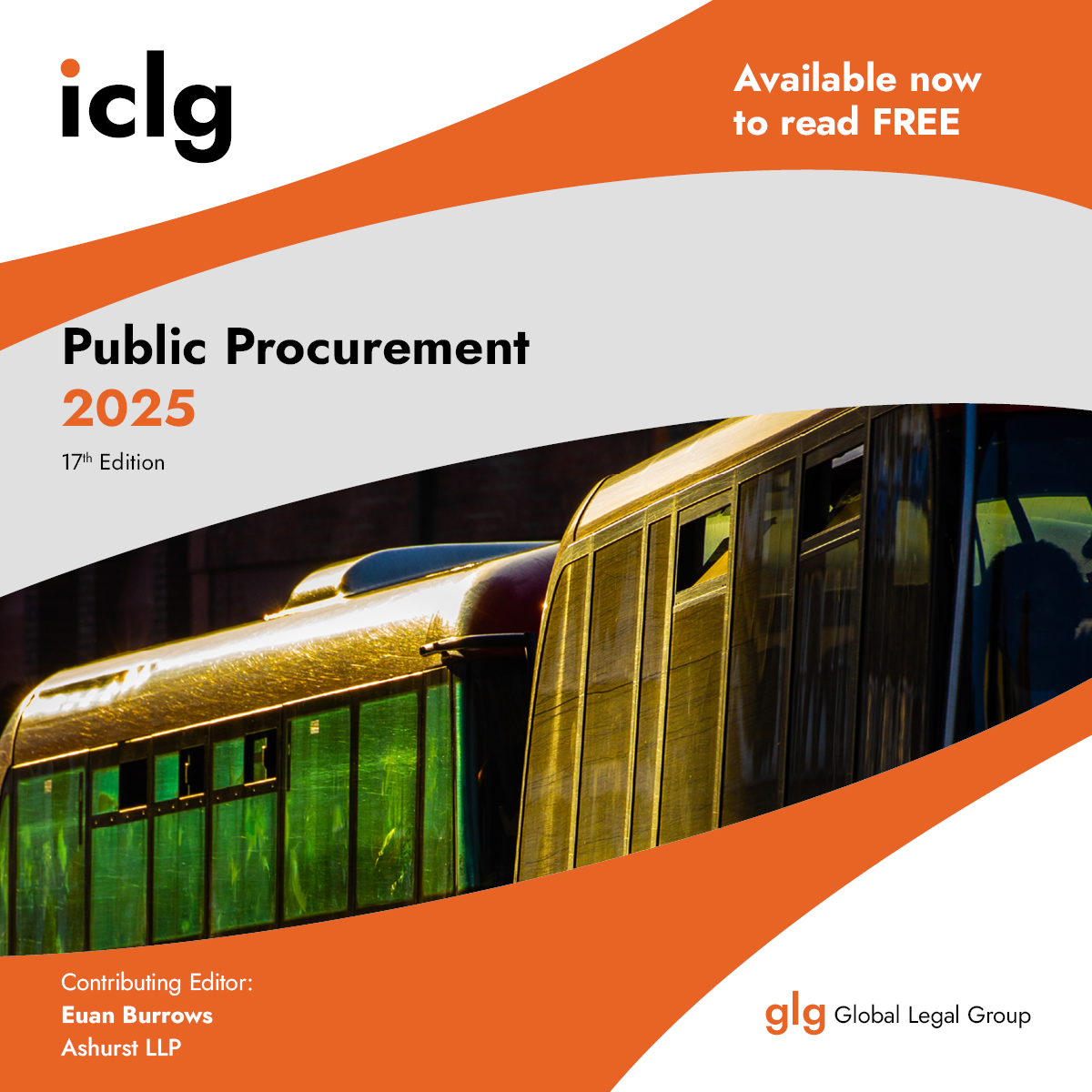
1. Relevant Legislation 1.1 What is the relevant legislation, and, in outline, what does each piece of legislation cover? There is no singular legislation that...

Assam is one of the most vulnerable states to climate change in the Indian Himalayan Region. The state’s climate change action plan (ASAPCC 2.0) includes ambitious...

The main purpose of this study is to enhance knowledge regarding the early stages of planning for and adopting artificial intelligence (AI) in governmental...

Procurement has undergone a seismic shift in recent years, driven by technological innovation, evolving market demands, and a growing focus on sustainability. Once a...
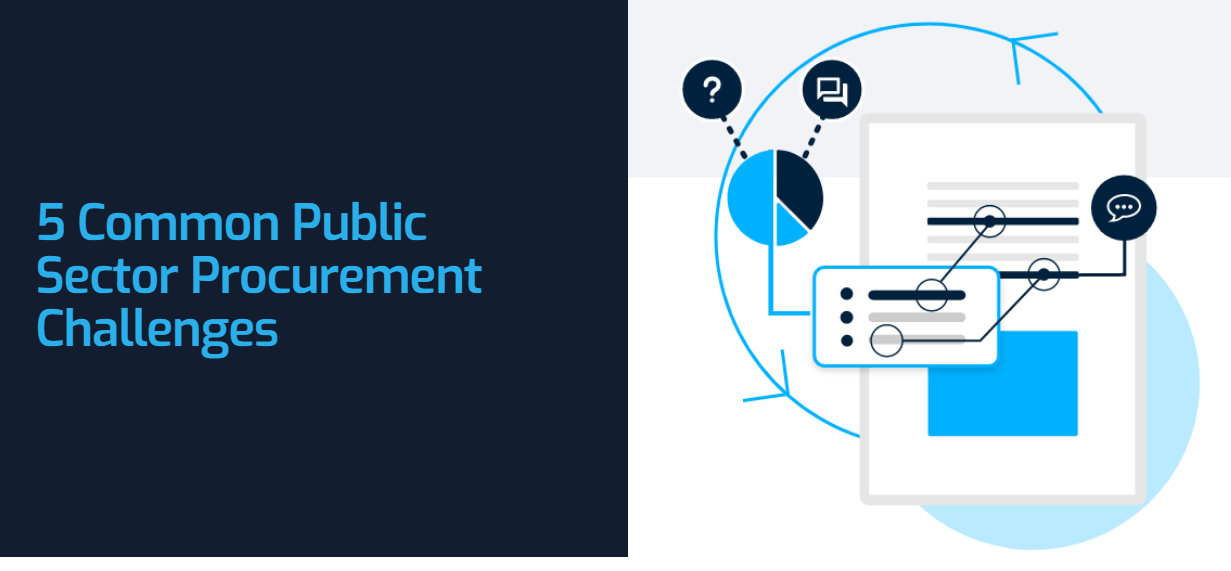
Public sector procurement is a complex process that involves purchasing goods and services on behalf of government agencies and organizations. The process can be...